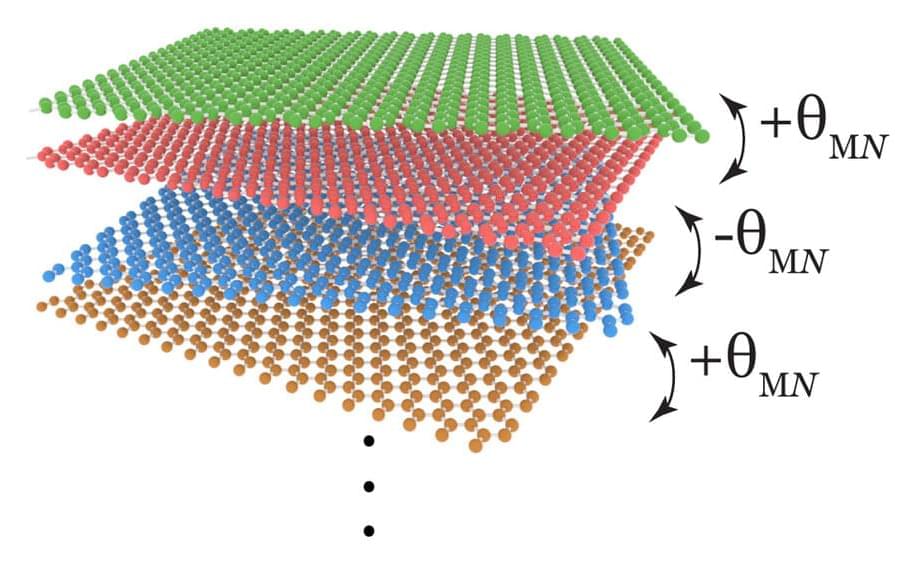Martin ChartrandListen to the sound, more like a musket than a 3D printed plastic gun.
Second video shows the attempted assassination of former Japanese Prime Minister Shinzo Abe
NOTE: Video not graphic, but viewer discretion is advised pic.twitter.com/BZNGHP78ds
— BNO News (@BNONews) July 8, 2022
When it comes to graphene, it appears that superconductivity runs in the family.
Graphene is a single-atom-thin material that can be exfoliated from the same graphite that is found in pencil lead. The ultrathin material is made entirely from carbon atoms that are arranged in a simple hexagonal pattern, similar to that of chicken wire. Since its isolation in 2004, graphene has been found to embody numerous remarkable properties in its single-layer form.
In 2018, MIT researchers found that if two graphene layers are stacked at a very specific “magic” angle, the twisted bilayer structure could exhibit robust superconductivity, a widely sought material state in which an electrical current can flow through with zero energy loss. Recently, the same group found a similar superconductive state exists in twisted trilayer graphene—a structure made from three graphene layers stacked at a precise, new magic angle.
